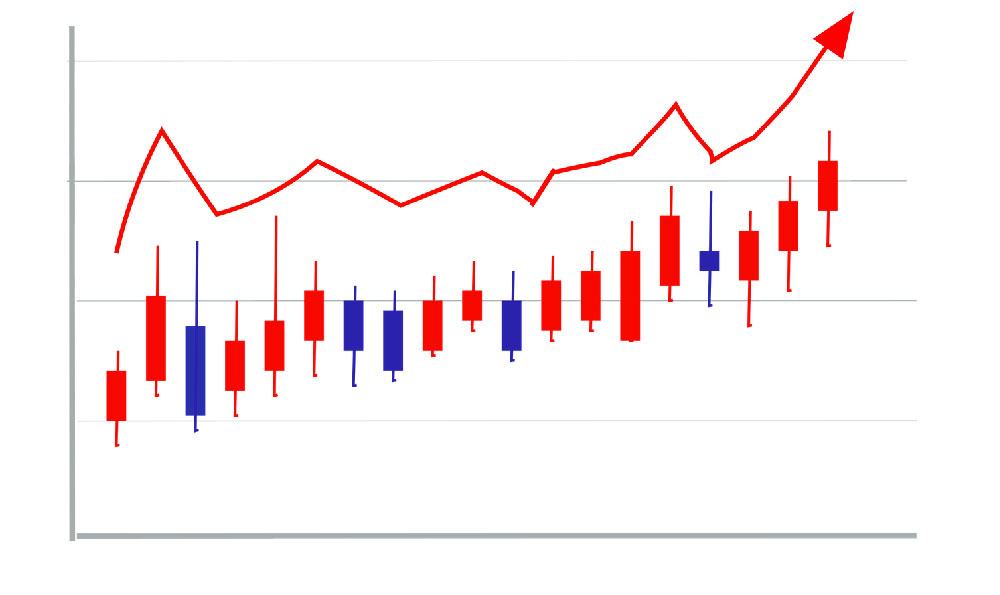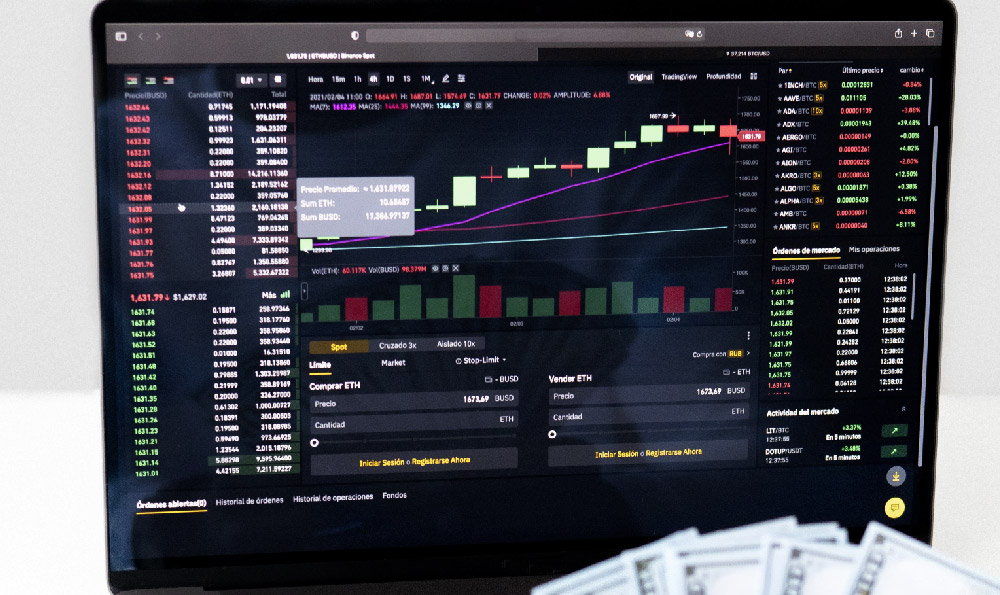Make Money Without Effort: Easy Passive Income Ideas

Passive income is a powerful strategy for building financial resilience and achieving long-term growth, particularly in the dynamic world of cryptocurrency. While the concept of earning returns without active management is appealing, it’s crucial to approach it with a combination of strategic foresight, technical understanding, and awareness of systemic risks. Here are several avenues to explore, each rooted in thematic principles and practicality.
One of the most accessible paths is staking, a process where users lock up their cryptocurrency holdings to support network operations in exchange for rewards. Platforms like Ethereum’s Proof of Stake model or Cosmos’ native staking mechanisms have gained traction, offering yields ranging from 5% to 20% depending on market conditions and validator performance. The key lies in selecting projects with robust security protocols, transparent governance, and a proven track record of consistent payouts. For instance, staking on established blockchains often presents lower volatility compared to newer protocols, which may offer higher yields but carry greater uncertainty. It’s also important to consider the lock-up periods and potential slashing risks associated with validator participation.
The decentralized finance (DeFi) ecosystem offers another dimension through liquidity provision. By depositing assets into automated market makers (AMMs), users can earn fees from trades executed on their pool. However, this requires a nuanced understanding of impermanent loss and the mechanics of each protocol. Projects like Uniswap or Curve Finance operate with varying liquidity dynamics, and aligning assets with high-liquidity pairs—such as stablecoins—can mitigate exposure to price fluctuations. Revenue aggregation platforms have further simplified this process, but vigilance against flash loan attacks or rug pulls is essential. A balanced approach would involve diversifying liquidity pools across multiple networks and monitoring TVL (Total Value Locked) metrics to gauge market interest.

Non-fungible tokens (NFTs) have introduced a novel paradigm for passive income, though their nature differs from traditional assets. Creators can monetize digital art or virtual real estate through royalties, while investors may benefit from appreciating NFTs held in portfolios. Tools like OpenSea or Mintable provide insights into secondary market activity, but the value of NFTs is heavily dependent on cultural trends and community demand. For example, NFTs tied to gaming or virtual worlds often demonstrate more predictable appreciation patterns. Decentralized storage solutions, such as IPFS or Filecoin, also offer income opportunities by incentivizing data hosting, but the ROI hinges on the adoption rates of such technologies and the stability of the underlying ecosystems.
Investing in tokenized assets, such as real estate or commodities, presents a hybrid model where funds are converted into digital tokens representing physical holdings. Platforms like RealT or Tokenize.com enable fractional ownership, making these opportunities more accessible. However, the performance of these assets is closely linked to the real-world economy, requiring analysis of macroeconomic trends and sector-specific demands. Additionally, smart contract execution is critical, as errors in code can lead to capital loss. It’s advisable to focus on projects with audited contracts and established legal frameworks to minimize exposure.
Liquidity mining involves contributing to decentralized protocols to earn governance tokens as incentives. This strategy requires evaluating the project’s utility, team credibility, and tokenomics model. For instance, staking on a protocol with a deflationary token model may offer higher long-term value retention compared to inflationary tokens. However, the market for liquidity mining is highly competitive, and the APY (Annual Percentage Yield) can fluctuate rapidly. Users should prioritize projects with active development pipelines and strong community engagement, as these factors often correlate with sustained growth.
In terms of market analysis, understanding macroeconomic indicators is vital. Fiat inflation rates, interest rates, and geopolitical stability influence cryptocurrency demand, creating opportunities for passive income through strategic timing. Tools like CoinMarketCap or CoinGecko offer real-time data on market capitalization, trading volume, and price trends, allowing for informed decision-making. However, it’s important to note that no strategy is entirely risk-free, and sudden market shifts—such as regulatory crackdowns or technological disruptions—can impact yields.
To safeguard capital, diversification is paramount. Spreading investments across multiple asset classes—such as staking, DeFi, and NFTs—reduces exposure to any single market fluctuation. Additionally, setting stop-loss orders or using automated tools like portfolio managers can help maintain discipline. Smart contract audits and community sentiment analysis are also critical components; platforms like CertiK or Chainalysis provide security assessments, while social media metrics offer insights into developer activity and user confidence.
Ultimately, passive income in the cryptocurrency space requires a balance between innovation and prudence. While the promise of effortless returns is attractive, success hinges on thorough research, adaptive strategies, and unwavering caution. By leveraging technical indicators, macroeconomic analysis, and risk management frameworks, investors can position themselves to benefit from the market’s evolution without compromising their financial security. The journey may not be linear, but with a forward-thinking approach, the potential for sustainable growth remains substantial.















